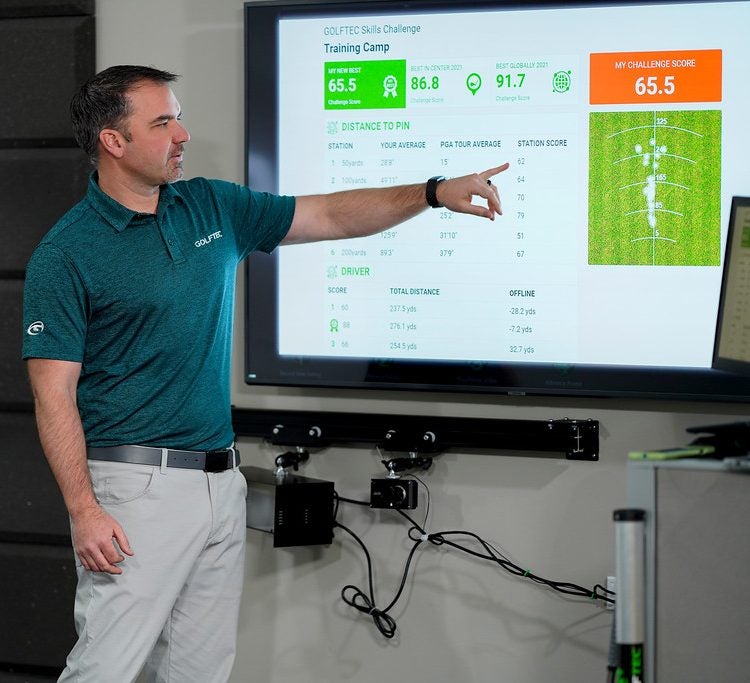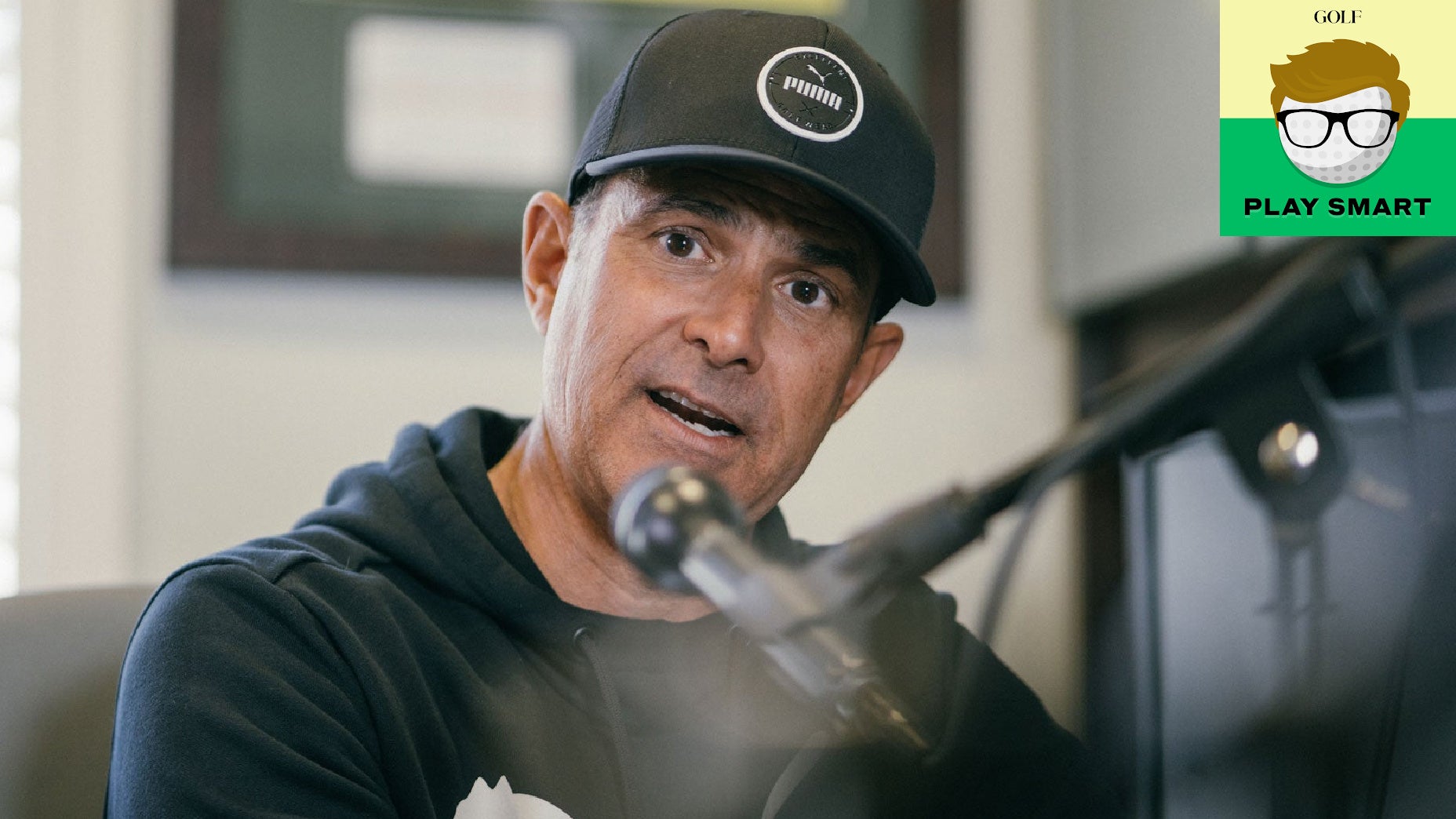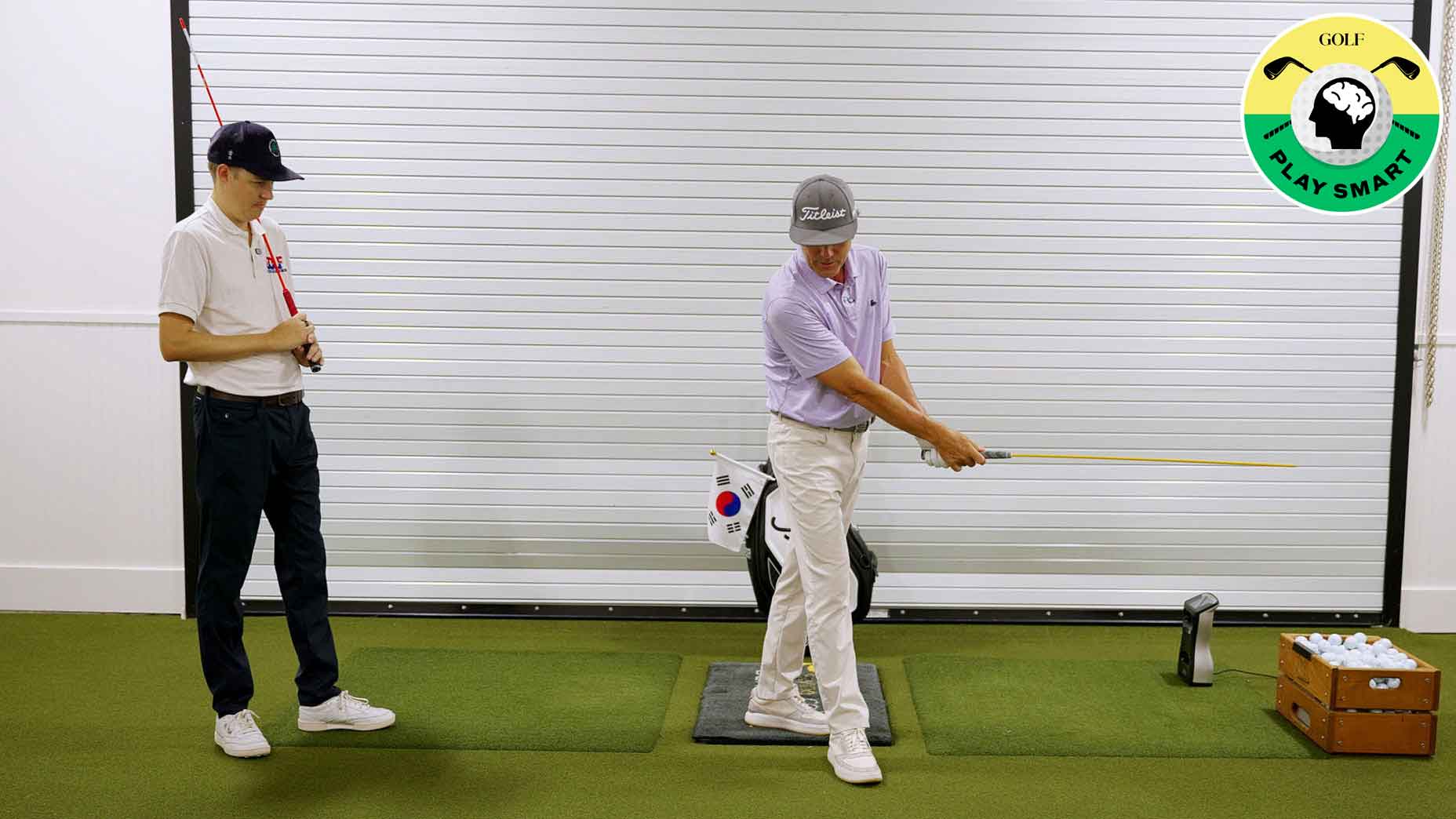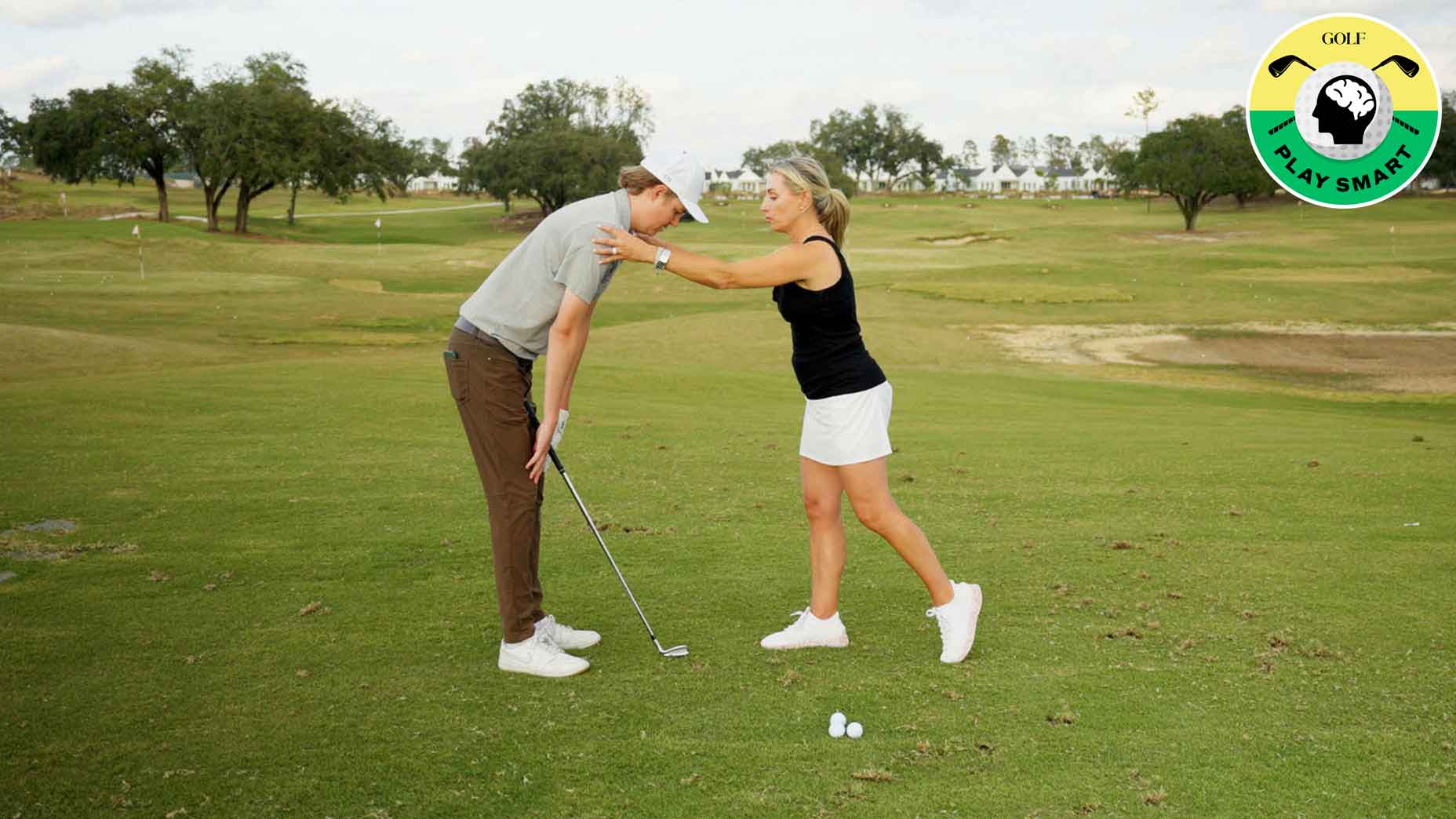Welcome to Play Smart, a game-improvement column that drops every Monday, Wednesday and Friday from Game Improvement Editor Luke Kerr-Dineen to help you play smarter, better golf.
Learning from the best of the best is an incredibly important — and genuinely helpful — but sometimes, it’s refreshing to hear from a golfer whose just like the rest of us. Enter Jamie Dornan, an avid golfer and a single-digit handicap, who was the latest guest on GOLF Top 100 Teacher Claude Harmon’s GOLF.com podcast “Off Course” — which you can subscribe to on iTunes right here.
The pair’s conversation ranged from his life and career before making its way back to golf, where Dornan said he faces a similar problem that the rest of us face:
“I can hit a big ball,” he said. “That can be a big help, but that can only help if you can hit it straight, and if you’re good within 120 yards, which is something I’m historically not. I’d say I’m top 10 worst chippers in the game of golf.”
And when the woes in his game arrive, Dornan does something he knows he shouldn’t.
“I’m a big tinkerer,” Dornan says. “I tinker far more that I should. You’re always searching. Always looking for a quick fix.”

Swing Evaluation for GOLF.com Readers!
Why tinkering is the wrong kind of change
First off, what is “tinkering,” exactly? Not every change is a tinker, and not every golfer who makes changes are a tinkerer. According to the dictionary’s definition, a “tinkerer” is:
to repair, adjust, or work with something in an unskilled or experimental manner.
As it relates to golf, it means to be fiddling around with your golf swing without any real purpose. And, spoiler alert: it doesn’t work.
“I’ll go on YouTube and look up ‘Top three slice-fixes,’ and i’ll look for the shortest video. If I find one that’s 11 minutes, and I’m like: ‘I’m not spending 11 minutes on my slice,” Dornan says, laughing. “You get to the driving range, it works for a bit. Take it to the course and it works for the first hole, then you shoot 30 over.”
And therein lies the problem, says Claude. The key to making meaningful improvement is to first understand what’s going wrong, and then to set about fixing it with intention. The best way of doing this is via a coach who understands you and your swing. Trying to self-diagnose technical problems yourself can often lead to more damage than good, especially because most of the time, the issues have nothing to do with technique.
Which is why quick fixes don’t work, Hamon III says, both because they don’t fix the root of the problem and because they may not be addressing the problem in the first place.
“So many golfers are predisposed to thinking everything they’re doing is technique issue,” Claude says. “[Quick fixes] may work for a bit, but the Band-Aid quickly falls off.”
You can listen to the full podcast below:










